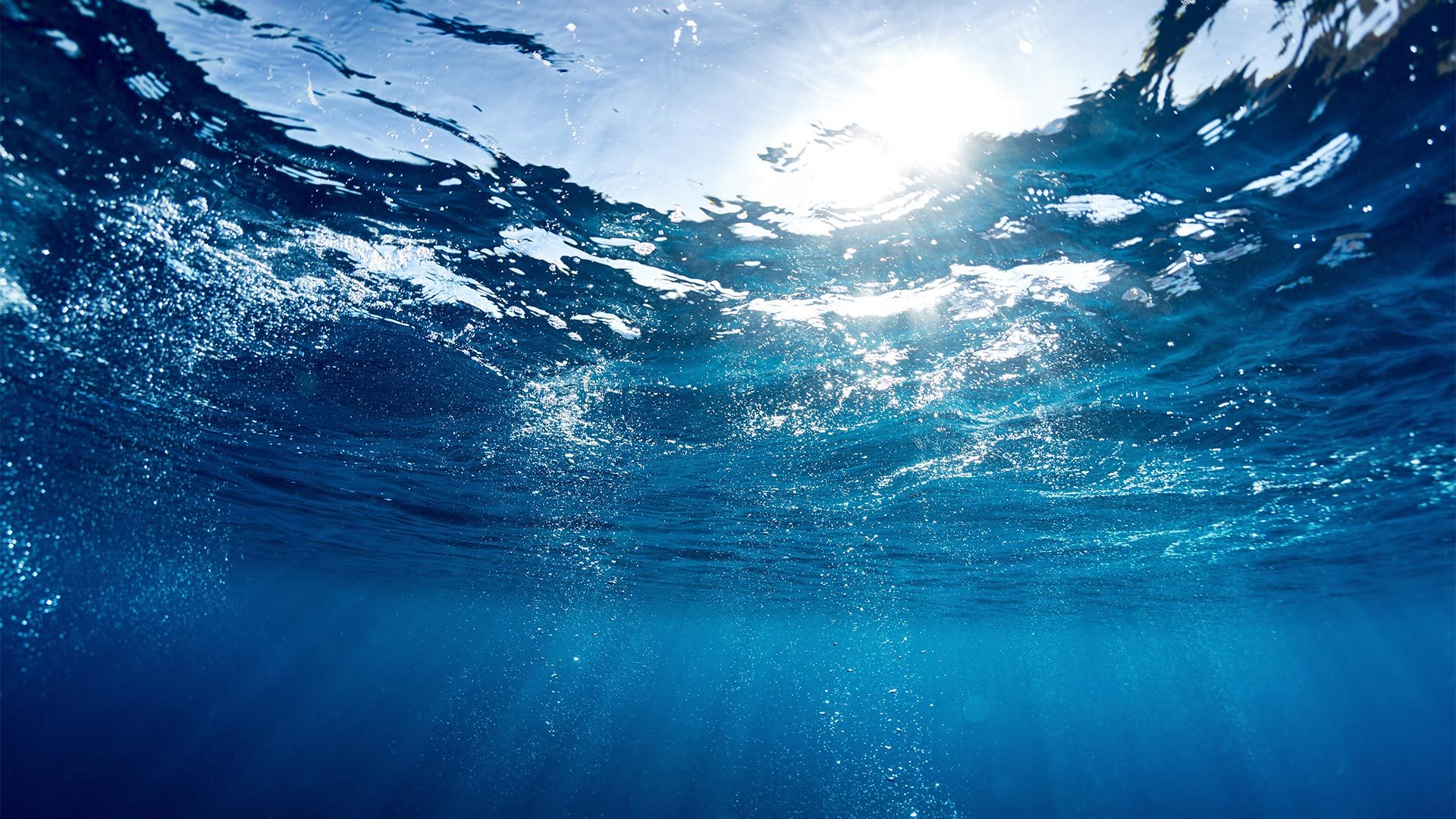Understanding ZERO Liquid Discharge Membrane Technology in Industrial Filtration
ZERO Liquid Discharge (ZLD) membrane technology has emerged as a pivotal solution in the industrial filtration landscape. This technology is designed to ensure that all wastewater is treated and recycled, leaving no liquid waste behind. The primary objective of ZLD is to minimize environmental impact while maximizing water recovery, making it particularly relevant in industries that face stringent
2025/08/07
At its core, ZLD membrane systems utilize advanced filtration techniques to separate contaminants from wastewater. Membranes play a crucial role in this process, as they allow for the selective passage of water while trapping pollutants, salts, and other solids. This separation is typically achieved through reverse osmosis (RO), nanofiltration (NF), or ultrafiltration (UF), depending on the specific needs of the application.
One of the most significant advantages of ZERO Liquid Discharge membrane systems is their ability to produce high-quality recycled water. This reclaimed water can often be reused for various industrial processes, such as cooling, washing, or even in manufacturing, thereby conserving valuable freshwater resources. In regions where water scarcity is a pressing issue, the implementation of ZLD technology can lead to significant cost savings and operational efficiencies.
Moreover, ZLD systems contribute to environmental compliance by minimizing the discharge of harmful substances into natural water bodies. Industries such as pharmaceuticals, chemicals, textiles, and food processing often generate wastewater that contains complex and hazardous contaminants. By utilizing ZLD membrane technology, these industries can adhere to environmental regulations while enhancing their corporate responsibility initiatives.
Implementing a ZERO Liquid Discharge system requires careful consideration of various factors, including the types of membranes used, operational parameters, and maintenance practices. Selecting the right membrane material is crucial, as it influences the system’s efficiency, longevity, and overall performance. Regular maintenance and monitoring of the membrane systems are also essential to ensure optimal filtration and prevent fouling, which can hinder efficiency and increase operational costs.
In conclusion, ZERO Liquid Discharge membrane technology represents a forward-thinking approach to industrial wastewater management. By integrating this technology, businesses not only protect the environment but also achieve greater resource efficiency and regulatory compliance. As industries continue to prioritize sustainability, the role of ZLD systems will likely expand, highlighting the importance of investing in advanced filtration solutions that contribute to a greener future.
undefined
+86 10-83619831 | 2 | 3 | 6
Address: 1518 Liyang Avenue, Guiyang National High-tech Industrial Development Zone, Guiyang City, Guizhou Province
Marketing Center: 16th Floor, Block G, Yingkun Century, East Road, Automobile Museum, Fengtai District, Beijing

COOKIES
Our website uses cookies and similar technologies to personalize the advertising shown to you and to help you get the best experience on our website. For more information, see our Privacy & Cookie Policy
COOKIES
Our website uses cookies and similar technologies to personalize the advertising shown to you and to help you get the best experience on our website. For more information, see our Privacy & Cookie Policy
These cookies are necessary for basic functions such as payment. Standard cookies cannot be turned off and do not store any of your information.
These cookies collect information, such as how many people are using our site or which pages are popular, to help us improve the customer experience. Turning these cookies off will mean we can't collect information to improve your experience.
These cookies enable the website to provide enhanced functionality and personalization. They may be set by us or by third-party providers whose services we have added to our pages. If you do not allow these cookies, some or all of these services may not function properly.
These cookies help us understand what you are interested in so that we can show you relevant advertising on other websites. Turning these cookies off will mean we are unable to show you any personalized advertising.

